When it comes to golf equipment, the brand reputation and performance of your clubs can greatly affect your game. One name that often comes up in conversations among golf enthusiasts is Cleveland. But are Cleveland golf clubs good? In this article, we’ll dive deeper into what makes Cleveland a preferred choice for many players, from amateur to pro. We’ll explore their benefits, features, and even some popular models. So, if you’re contemplating whether to add Cleveland clubs to your golf bag, keep reading!
A Brief Overview of Cleveland Golf
Founded in 1979, Cleveland Golf specializes in wedges and irons, gaining fame for their quality craftsmanship and innovative technology. While they initially made a name for themselves in the short game department, they have subsequently expanded their range to include drivers, fairway woods, and putters. In 1990, Cleveland Golf was acquired by the larger Callaway Golf Company, further increasing its visibility and reach in the golf community.
The Features that Make Cleveland Golf Clubs Stand Out
Cleveland Golf clubs are often praised for several key features:
1. Innovative Design Technology
Cleveland continuously integrates advanced technologies into their clubs. They employ tools like:
- Feel Balancing Technology: This technology helps to center the mass of the clubhead, promoting a better feel and making it easier to align.
- Rotational Weighting: Enhances stability during swings, improving consistency and accuracy.
2. Quality Craftsmanship
Cleveland clubs are known for their durability and premium materials. Their wedges and irons are built to withstand consistent usage while offering excellent performance.
3. Excellent Short Game Focus
Cleveland’s roots are in short game improvement. Many professionals and amateurs swear by their quality wedges, which offer various bounce options, grinds, and lofts to suit every player’s needs.
4. Versatility
Cleveland clubs are designed for various skill levels. Whether you’re a high handicapper or a seasoned player, there is likely a Cleveland club that fits your game perfectly.
Popular Models to Consider
Here’s a quick look at some standout models from Cleveland:
| Model | Best For | Key Features |
|---|---|---|
| Cleveland RTX 6 | Short game enthusiasts | Exceptional spin and control with advanced grooves. |
| Cleveland Launcher XL | Players seeking distance | Game-improvement driver with high MOI for greater forgiveness. |
| Cleveland CBX 2 | Golfers wanting versatility | A hybrid-like wedge that is forgiving on mishits. |
| Cleveland Smart Sole 4 | Beginners and high handicaps | Built for maximizing short game performance. |
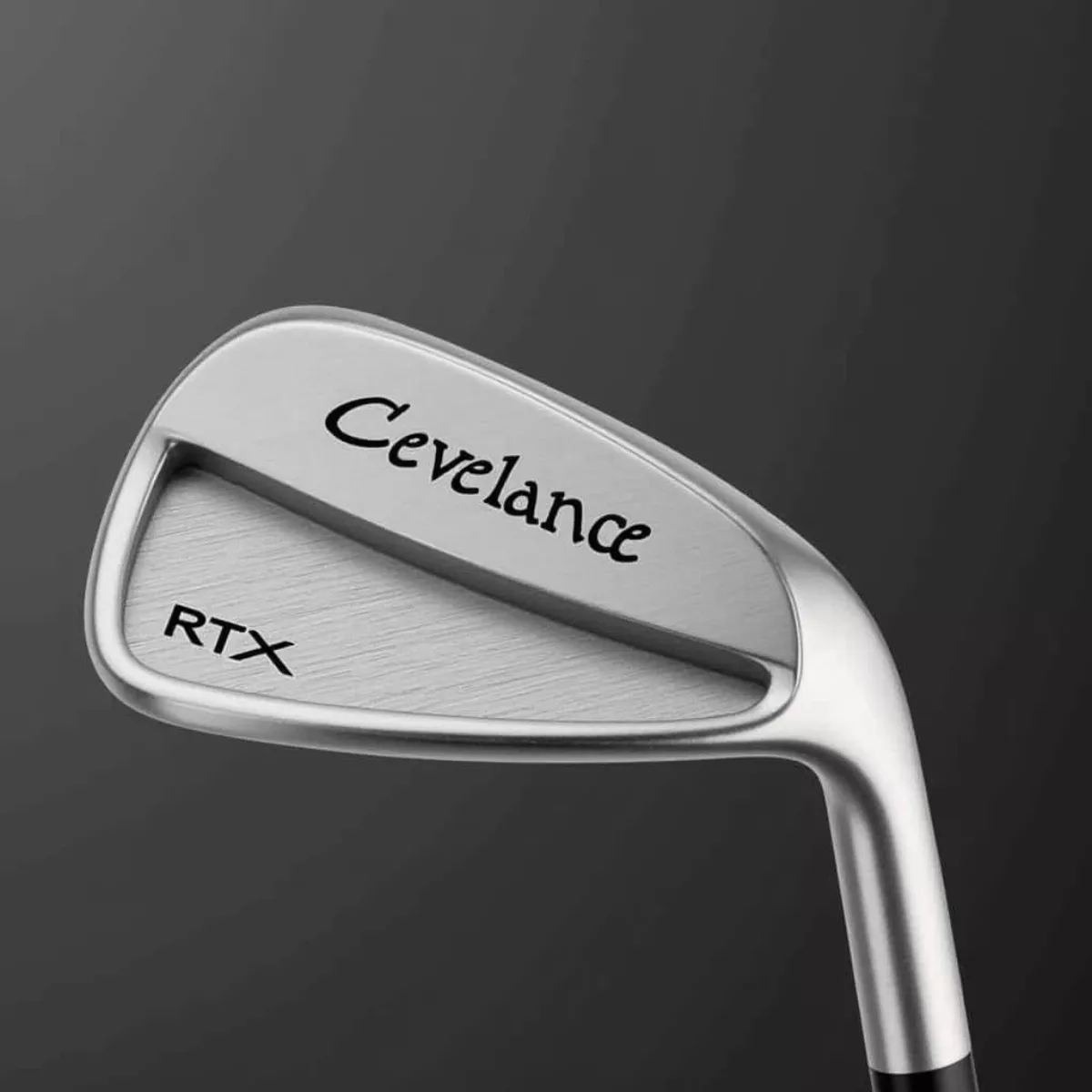 Cleveland RTX 6 Wedge
Cleveland RTX 6 Wedge
1. Cleveland RTX 6 Wedge
This club is a crowd-favorite among professionals and amateurs. It offers unparalleled interaction with the turf and significant spin control.
2. Cleveland Launcher XL Driver
Providing an exceptional distance, the Launcher XL features a large face and high moment of inertia (MOI), making it a solid choice for all types of players.
3. Cleveland CBX 2 Wedge
This club bridges the gap between hybrid and traditional wedges, making it forgiving and easy to use for players of different skill levels.
4. Cleveland Smart Sole 4
Tailored for beginners, this wedge helps the player achieve better turf interaction, thereby improving performance around the greens.
 Cleveland Launcher XL Driver
Cleveland Launcher XL Driver
Who Should Choose Cleveland Golf Clubs?
Cleveland golf clubs are ideal for:
- Amateurs who need assistance in improving their short game.
- Intermediate players who are looking for clubs that provide more control and spin.
- Professional golfers who require precision and high-quality craftsmanship.
With Cleveland Golf offerings, golfers can find clubs tailored specifically to their needs, whether it’s distance, accuracy, or playability.
Pros and Cons of Cleveland Golf Clubs
Every golf brand has its ups and downs. Here’s a concise view of the pros and cons when considering Cleveland golf clubs:
Pros
- High-Quality Construction: Durable materials ensure the clubs last longer.
- Good Spin Control: Perfect for players wanting that extra stop on the greens.
- User-Friendly: Many models are designed with forgiveness in mind.
- Versatile Options: Suitable for players of all levels.
Cons
- Higher Price Point: Cleveland clubs can be more expensive than other brands.
- Limited Hybrid Offerings: While they excel in wedges, their hybrid clubs might not be as popular or recognized by players.
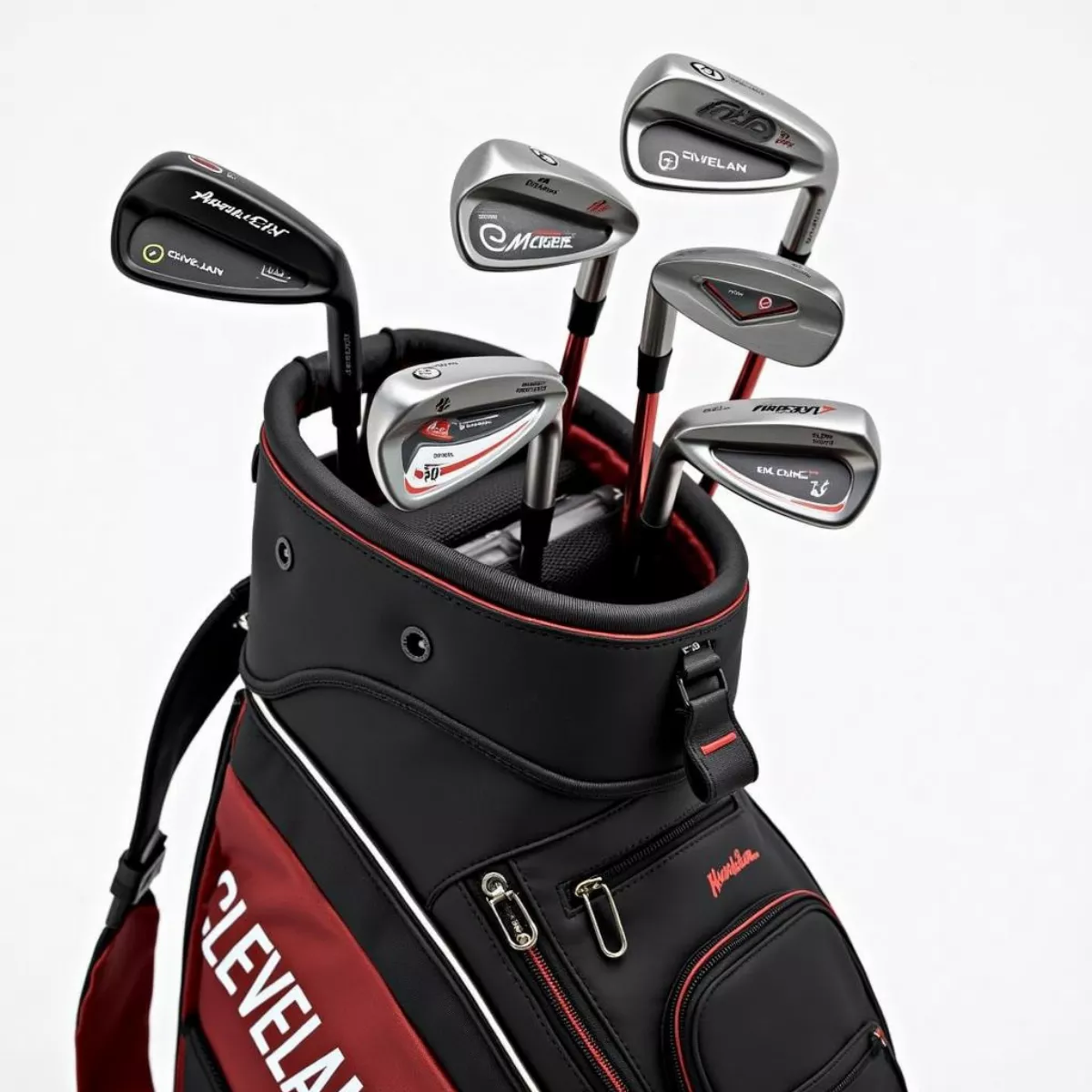 Golf Clubs in Bag
Golf Clubs in Bag
Customer Reviews and Testimonials
Hearing from actual golfers can be helpful in assessing whether Cleveland golf clubs are right for you. Many users rave about the feel and performance of Cleveland’s short game clubs:
“The Cleveland RTX wedges have transformed my short game. The spin and control I get is unmatched!” – John, USA
Others appreciate their drivers:
“I never thought I could drive the ball this far. The Launcher XL has been a game-changer for me.” – Sarah, UK
Where to Buy Cleveland Golf Clubs
Cleveland golf clubs can be purchased from several outlets, both online and in physical stores:
- Official Cleveland Website: Often offering the latest products and promotions.
- Sports retail stores: Such as Dick’s Sporting Goods or PGA Tour Superstore.
- Online platforms: Amazon, eBay, and various golf specialty websites.
Key Takeaways
- Cleveland Golf is renowned for its wedges and irons, focusing on short game performance.
- They utilize innovative technologies that enhance feel and performance.
- Cleveland has a wide range of clubs suitable for golfers of all skill levels.
- Customer reviews often praise the brand’s craftsmanship and durability.
FAQ: Cleveland Golf Clubs
1. Are Cleveland golf clubs good for beginners?
Yes, Cleveland offers clubs designed specifically for beginners, like the Smart Sole 4, which enhances the short game.
2. What is the best Cleveland wedge for spin?
The Cleveland RTX 6 is often recommended for its superior spin and control.
3. Do professional golfers use Cleveland clubs?
Yes, many professional golfers endorse and use Cleveland clubs, especially their wedges.
 Professional Golfer with Cleveland Wedge
Professional Golfer with Cleveland Wedge
4. How do Cleveland drivers compare to other brands?
Cleveland’s Launcher XL is highly competitive, often praised for its distance and forgiveness.
5. Is there a warranty on Cleveland golf clubs?
Yes, Cleveland Golf typically offers warranties that cover defects in materials and workmanship.
6. How often should I replace my Cleveland golf clubs?
It is generally recommended to replace clubs every 3-5 years, or sooner if they show significant wear.
7. Are Cleveland wedges versatile for different lie conditions?
Yes, Cleveland wedges come in various grinds and lofts, making them great for diverse conditions.
8. Can I customize Cleveland clubs?
Many retailers offer customization options for shaft length and grip size.
9. Where can I try Cleveland golf clubs before buying?
Local golf shops often have demos available, and many brands allow fitting sessions.
10. How do I find the right Cleveland club for my game?
Consider getting a professional fitting, which provides tailored recommendations based on your swing style.
Conclusion
In conclusion, Cleveland golf clubs present a solid option for golfers looking to improve their game, especially in the short game department. With innovative technology, quality craftsmanship, and a vast lineup tailored to various skill levels, it’s no wonder these clubs have gained a loyal following. If you’re considering investing in new clubs, Cleveland golf clubs are definitely worth a closer look!
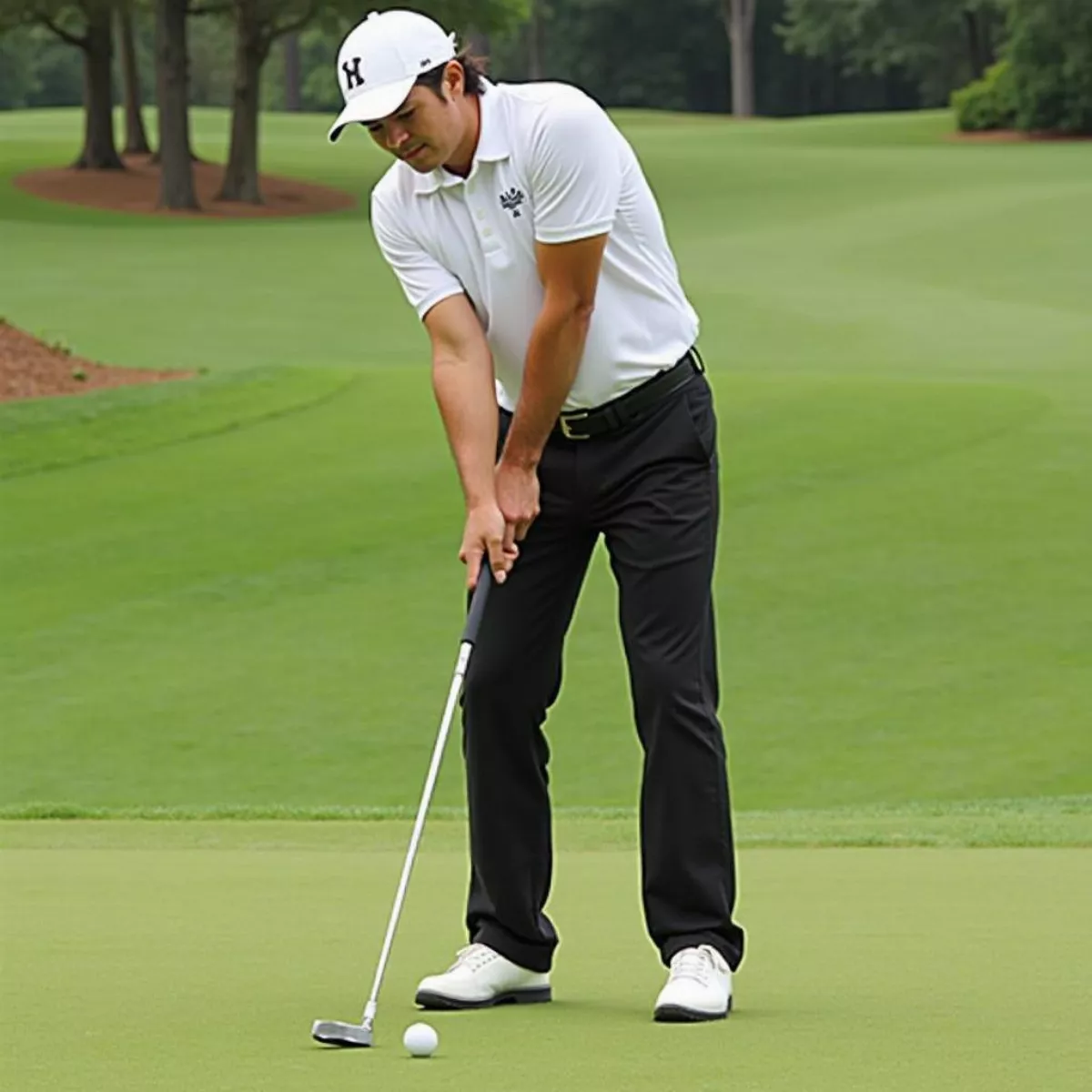
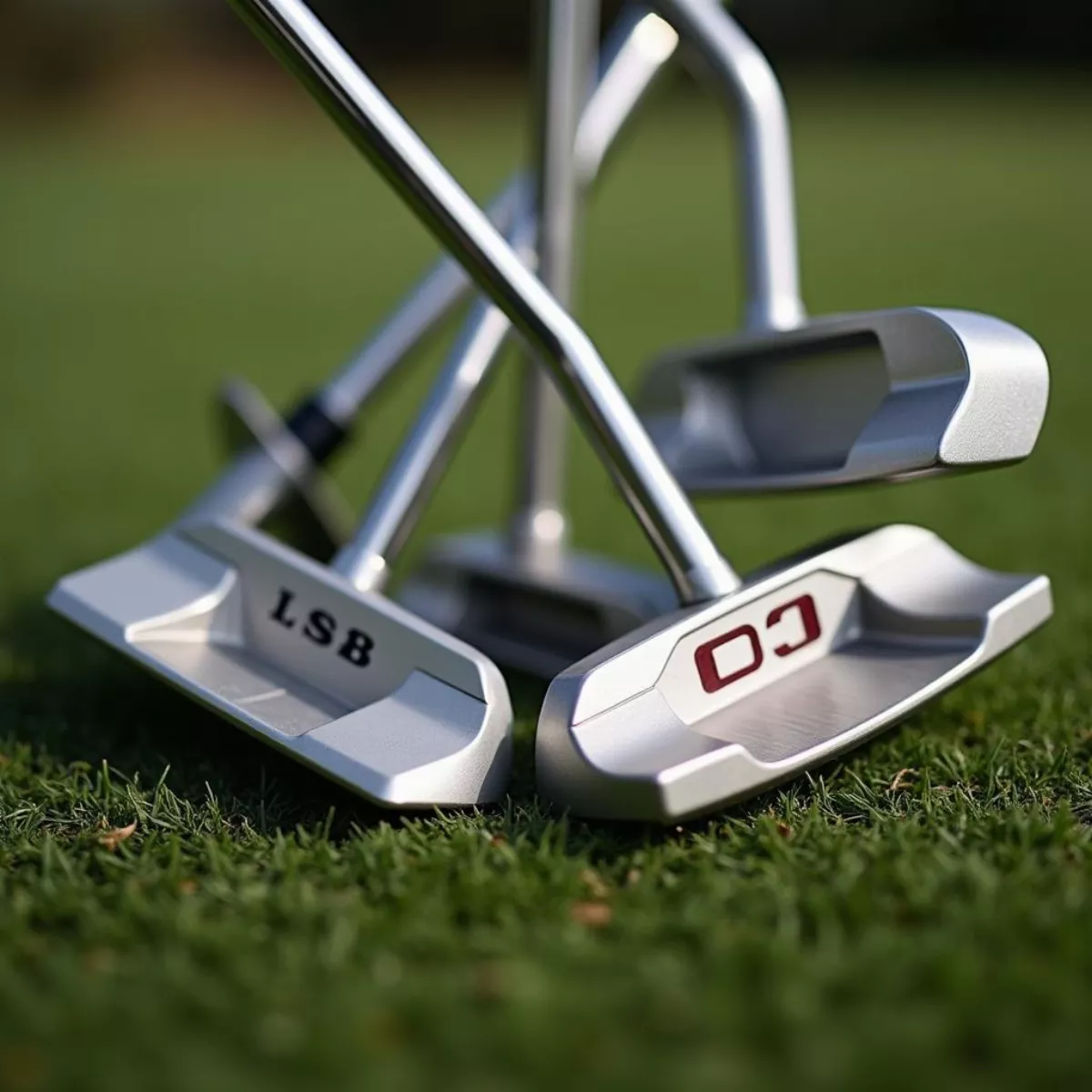 Various Golf Putter Heads
Various Golf Putter Heads Golfer Choosing a Putter
Golfer Choosing a Putter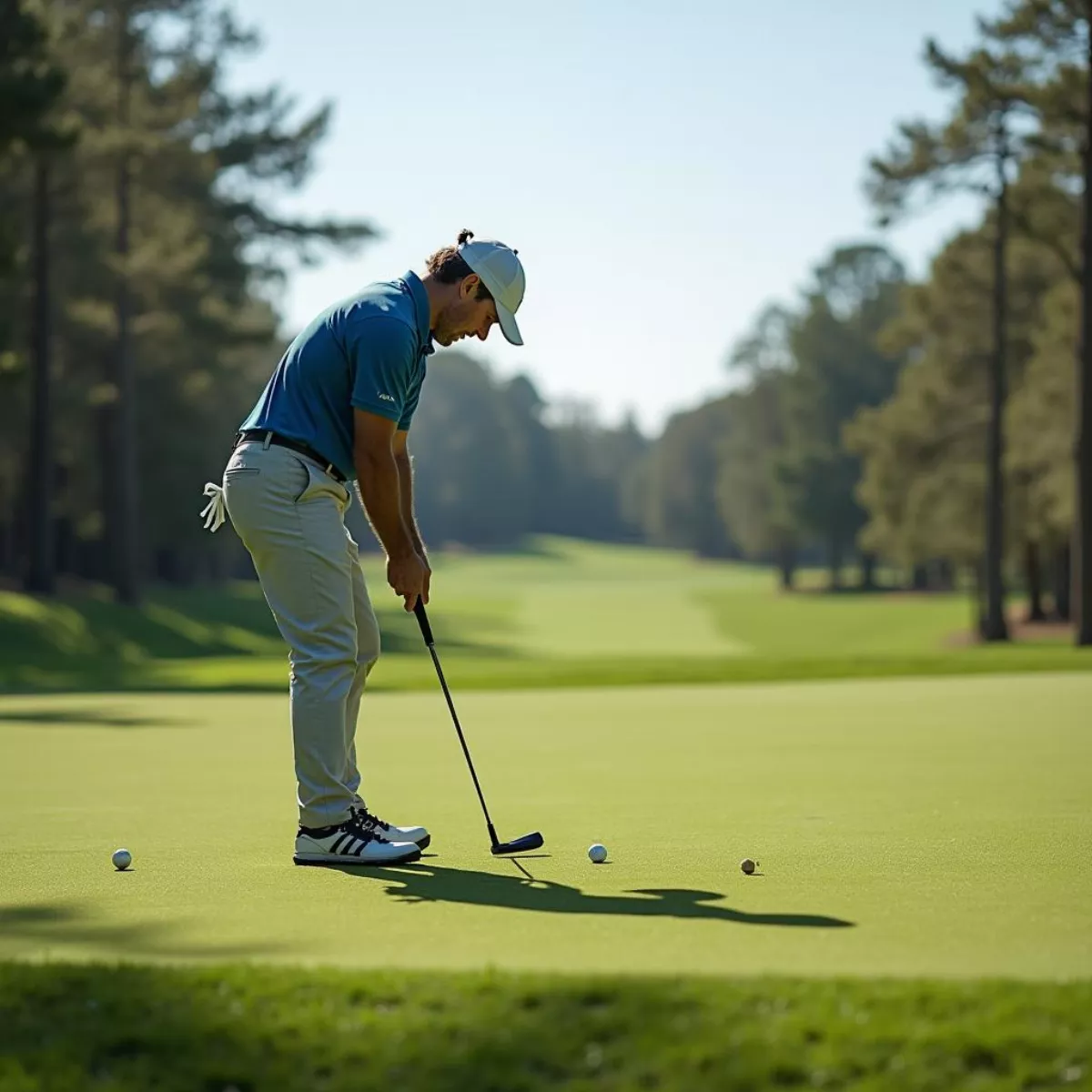 Golfer Practicing Putts
Golfer Practicing Putts
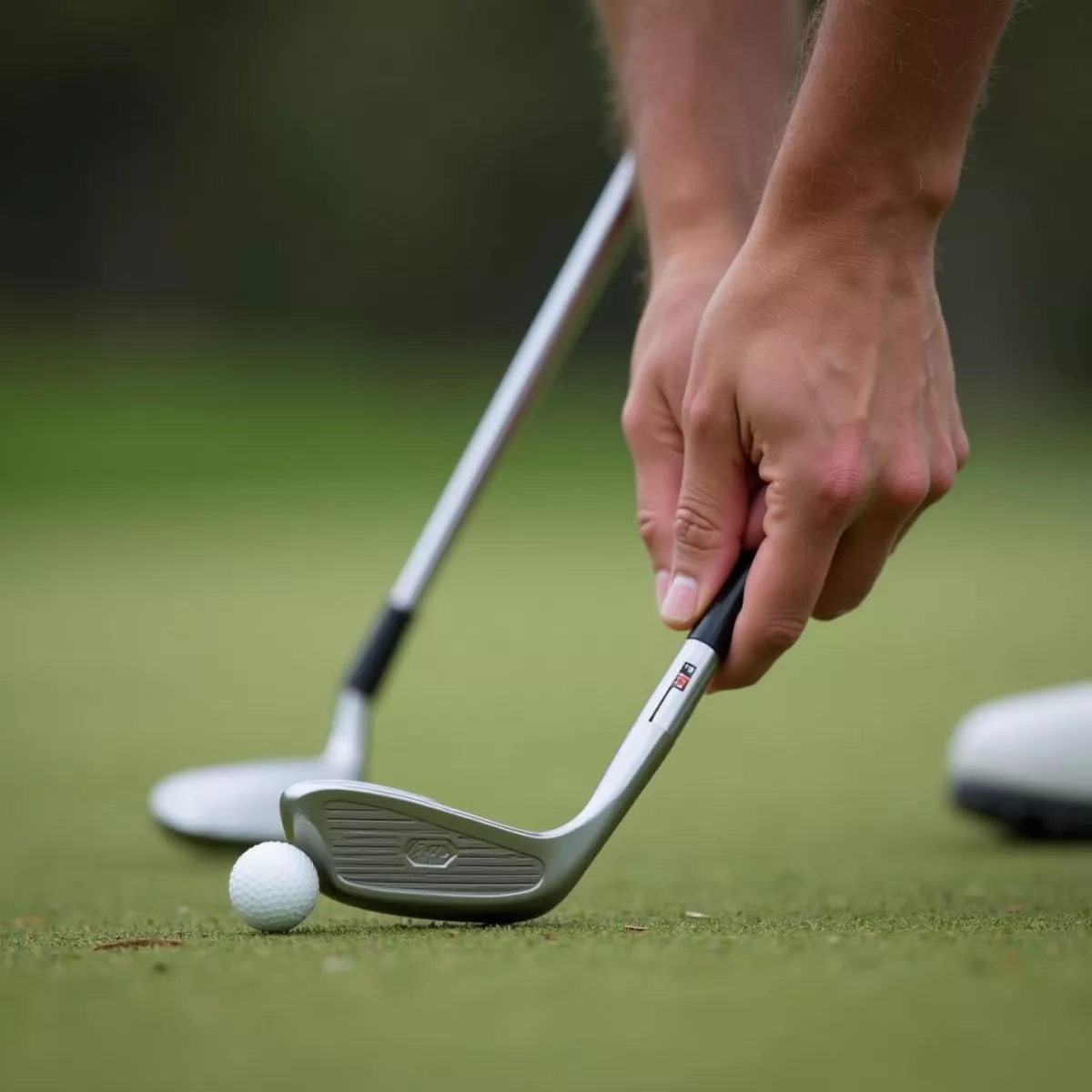 Justin Thomas chipping, close-up
Justin Thomas chipping, close-up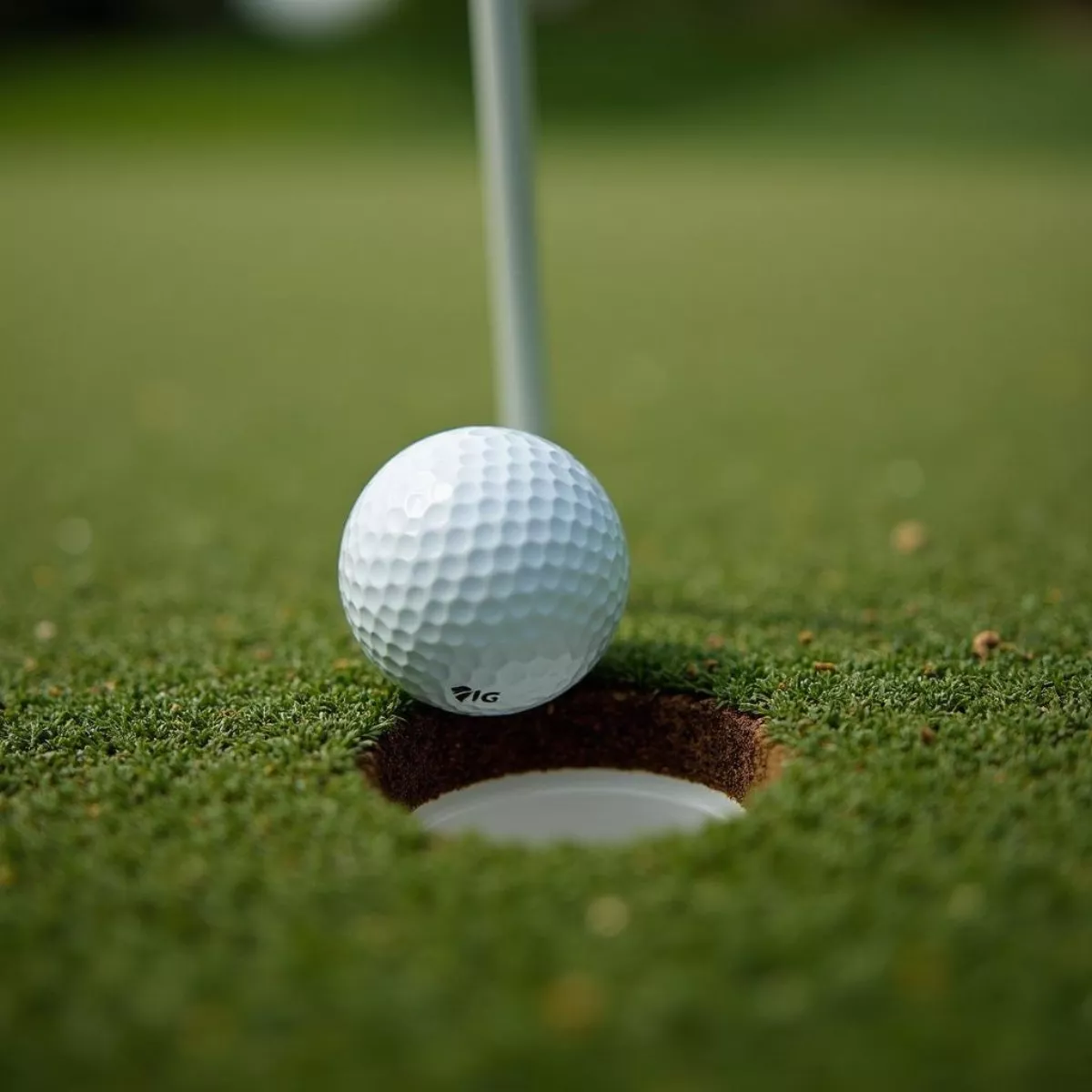 Golf ball landing on the green near the hole
Golf ball landing on the green near the hole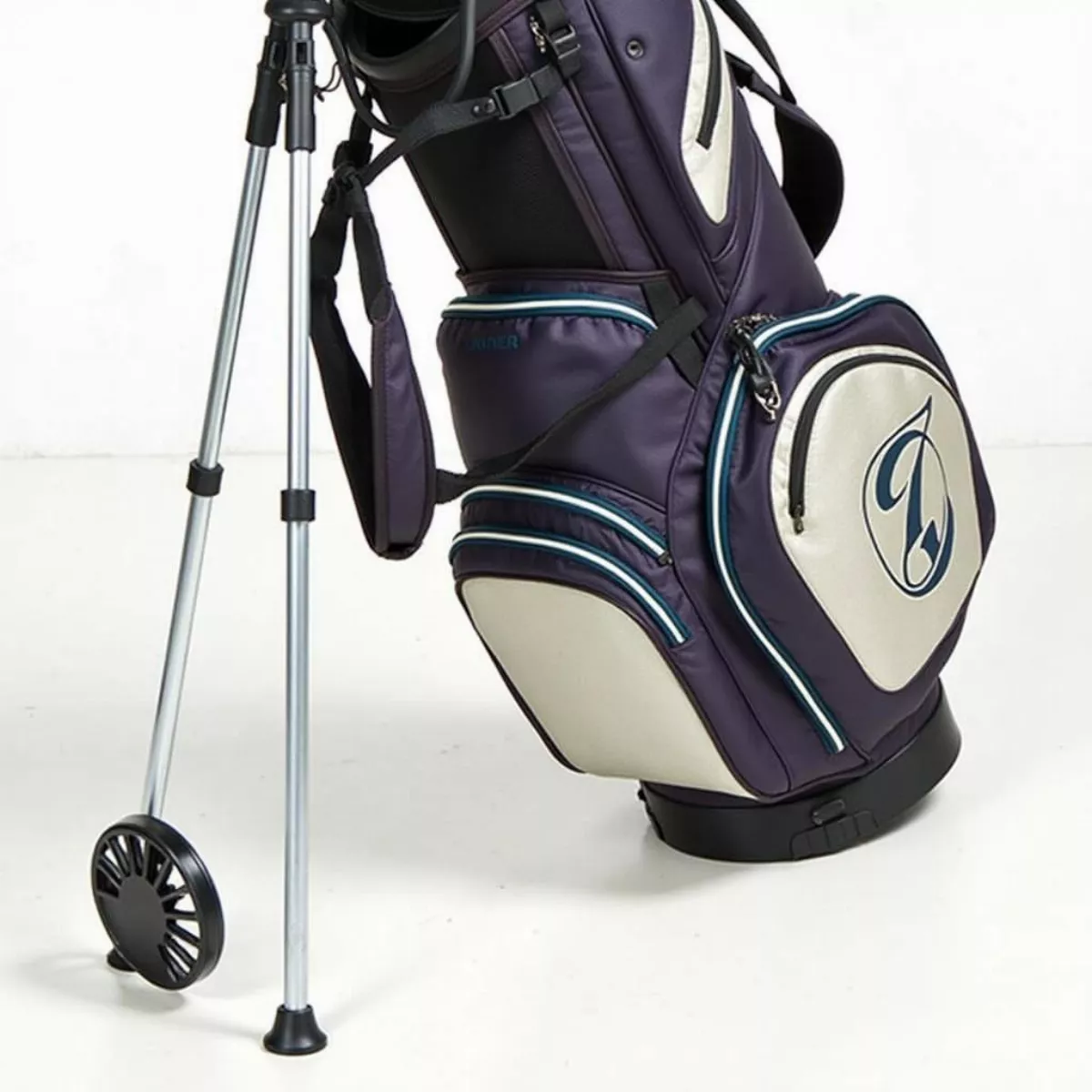
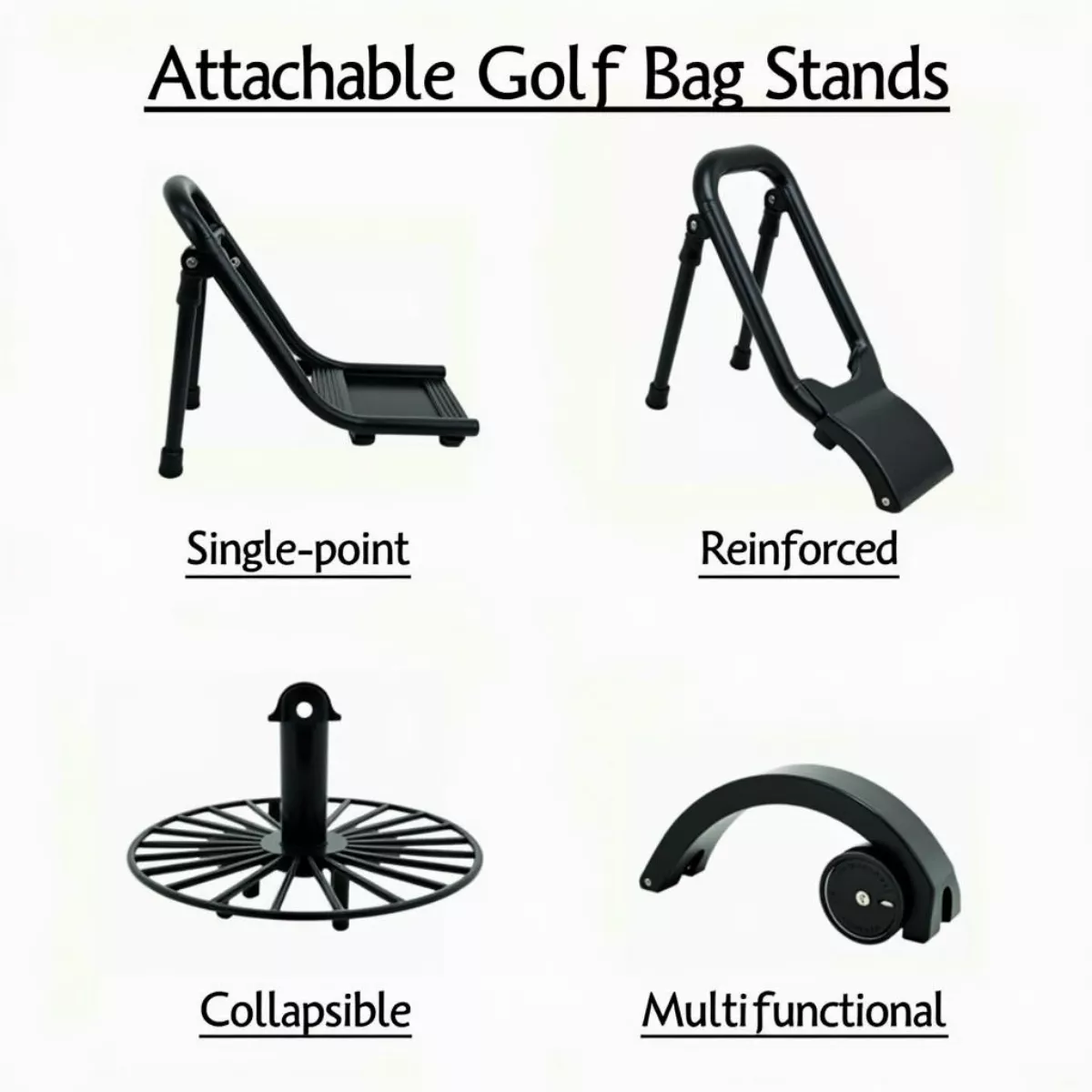 Different Types of Attachable Golf Bag Stands
Different Types of Attachable Golf Bag Stands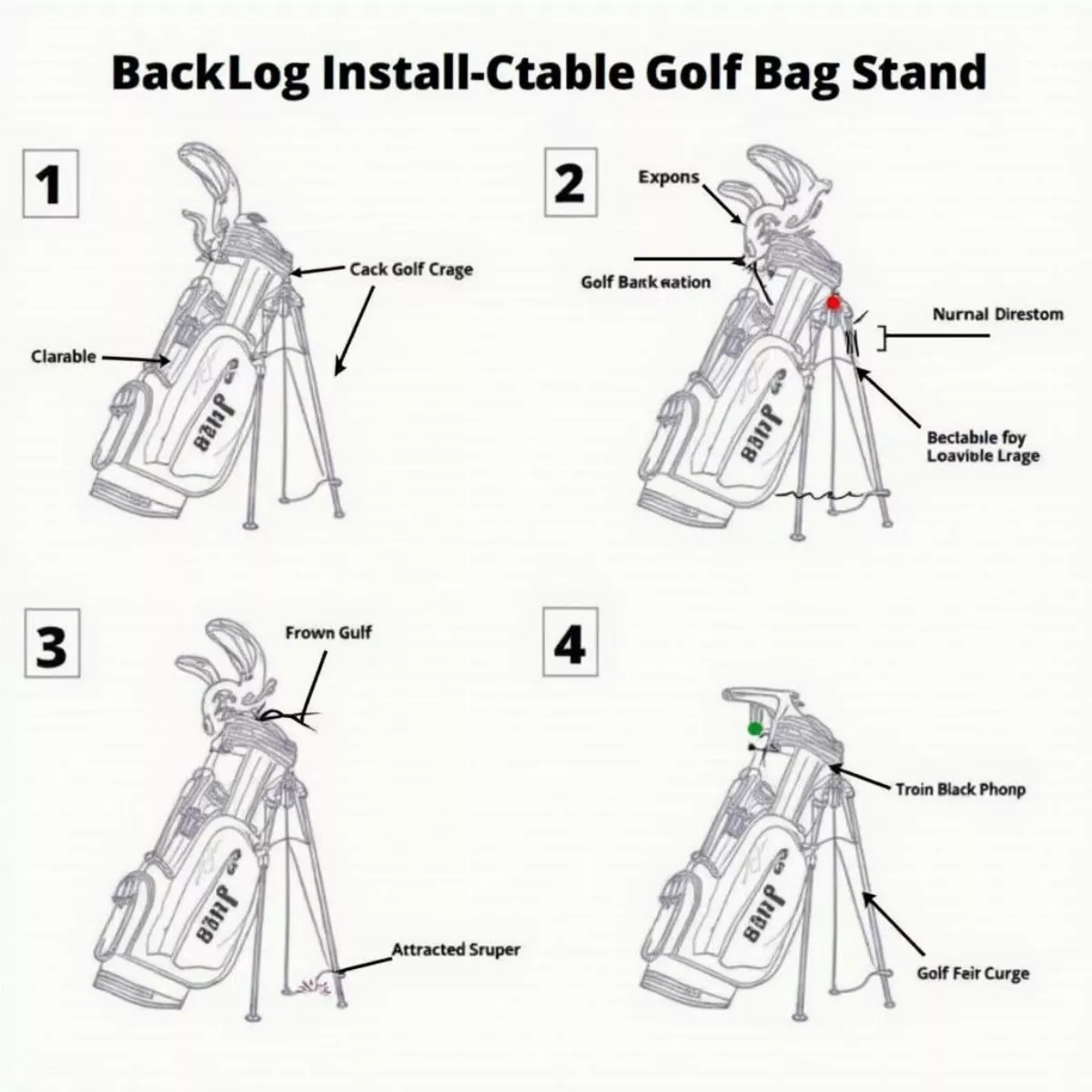 Installing Attachable Golf Bag Stand
Installing Attachable Golf Bag Stand Golfer Using Attachable Stand on Course
Golfer Using Attachable Stand on Course
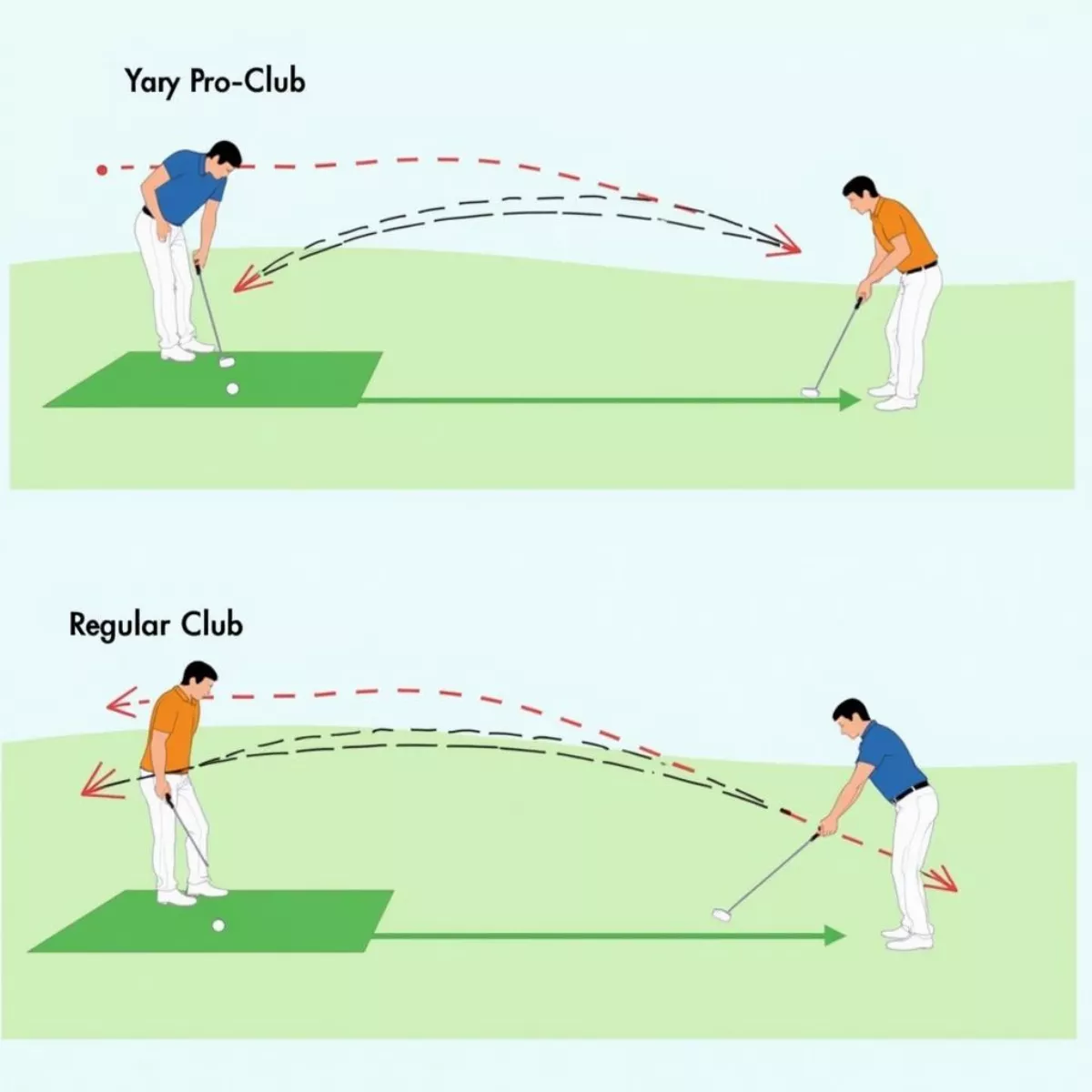 Golf Ball Trajectory Comparison Between Pro and Regular Clubs
Golf Ball Trajectory Comparison Between Pro and Regular Clubs Golfer Using Golf Simulator to Test Clubs
Golfer Using Golf Simulator to Test Clubs
 Golf Goodie Bag with Apparel and Accessories
Golf Goodie Bag with Apparel and Accessories Healthy Golf Goodie Bag Contents
Healthy Golf Goodie Bag Contents Fun Golf Goodie Bag Ideas
Fun Golf Goodie Bag Ideas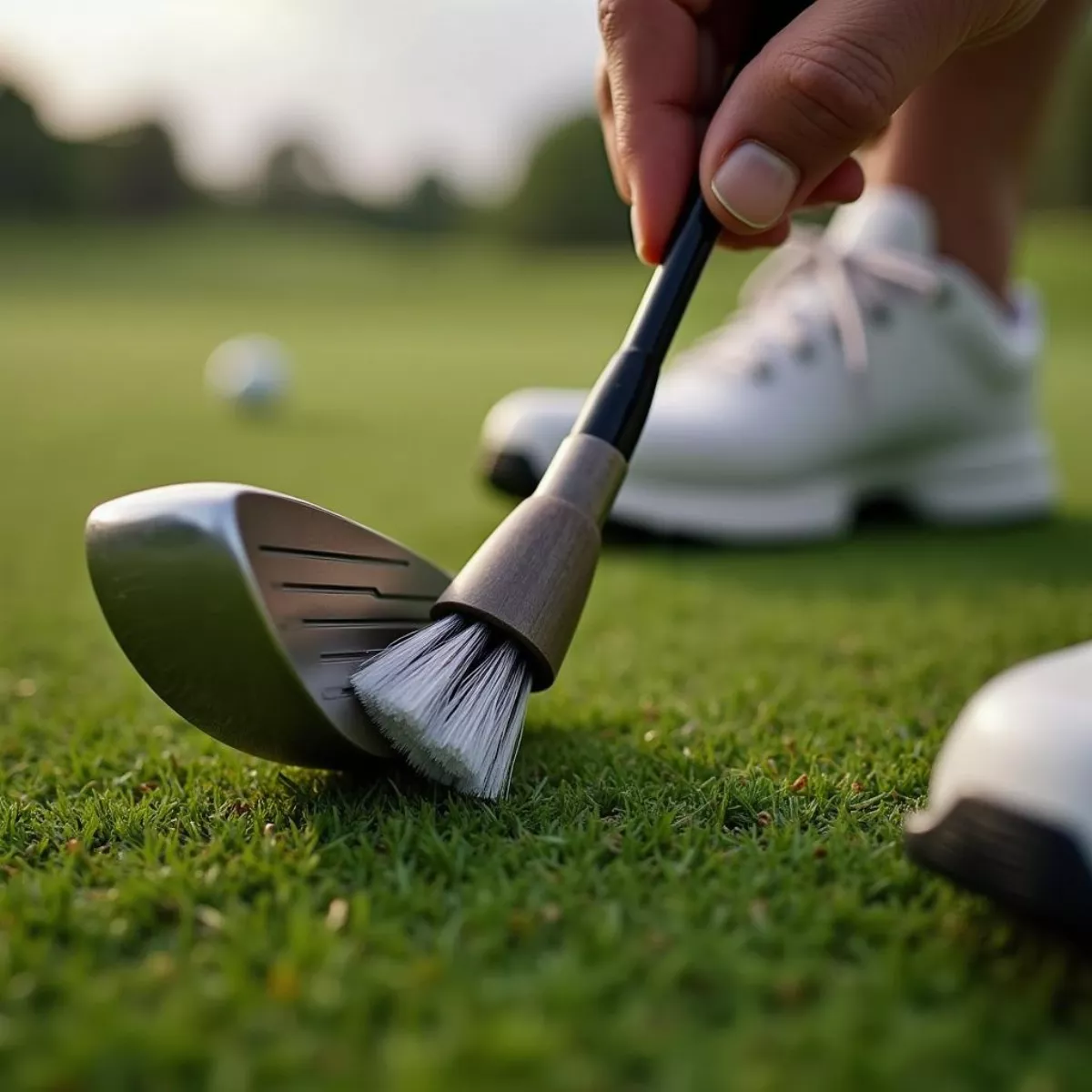
 Drying golf club with microfiber cloth
Drying golf club with microfiber cloth Dirty golf club grooves affecting performance
Dirty golf club grooves affecting performance
 Golfer Choosing G Fore Golf Bag
Golfer Choosing G Fore Golf Bag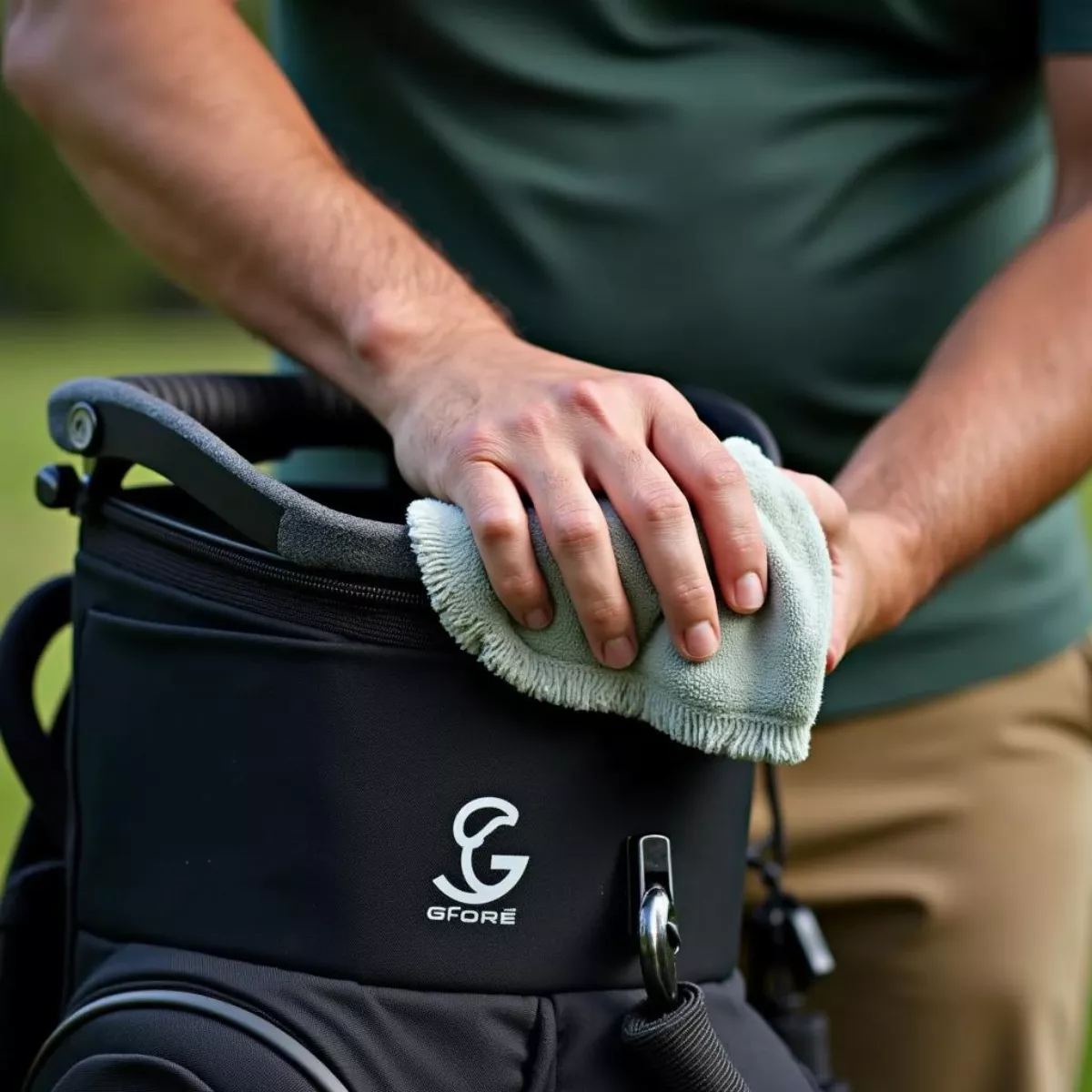 Cleaning G Fore Golf Bag
Cleaning G Fore Golf Bag
 Nike Community Event
Nike Community Event Nike's Community-Centric Business Model
Nike's Community-Centric Business Model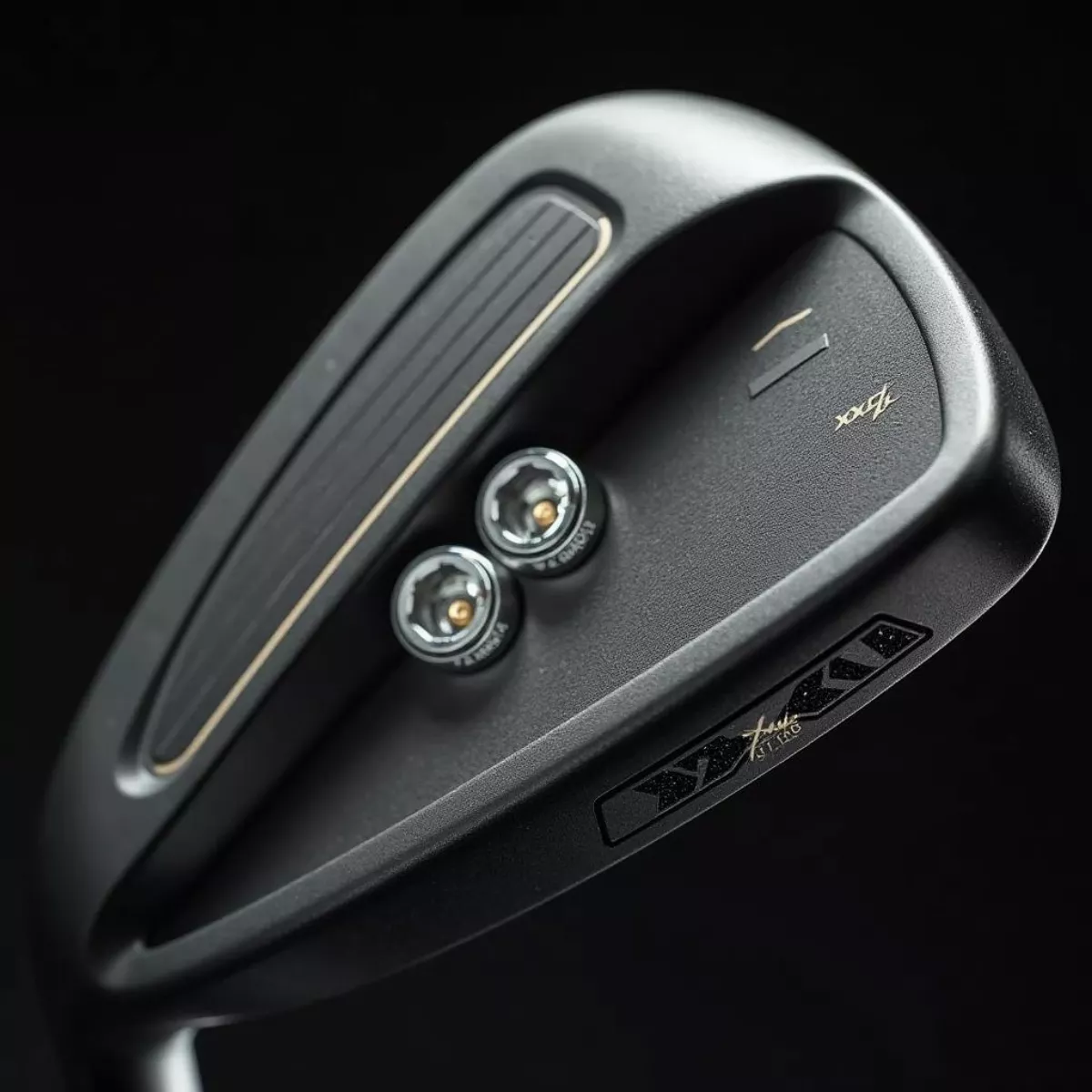
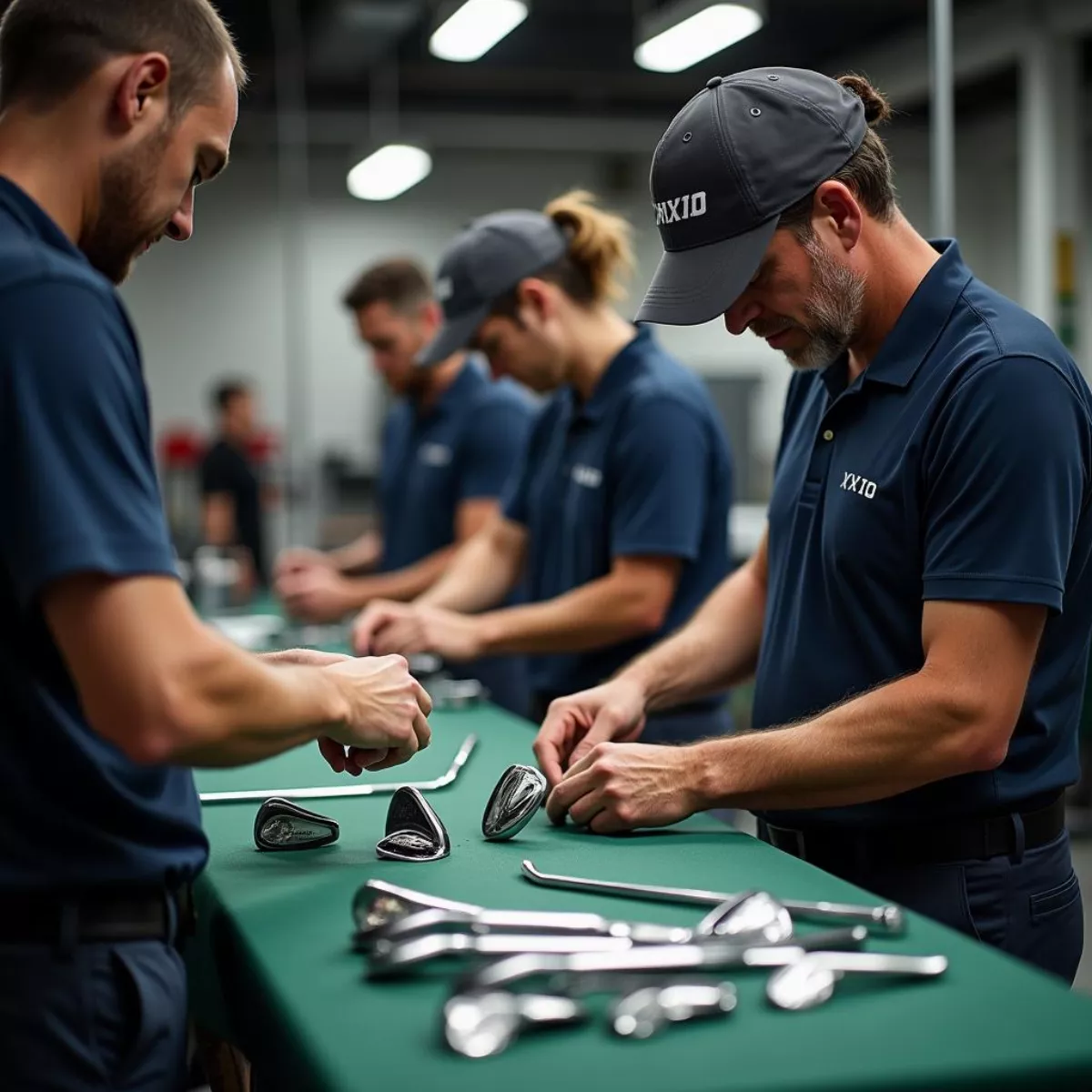 XXIO Golf Club Manufacturing
XXIO Golf Club Manufacturing Golfer Using XXIO Clubs
Golfer Using XXIO Clubs